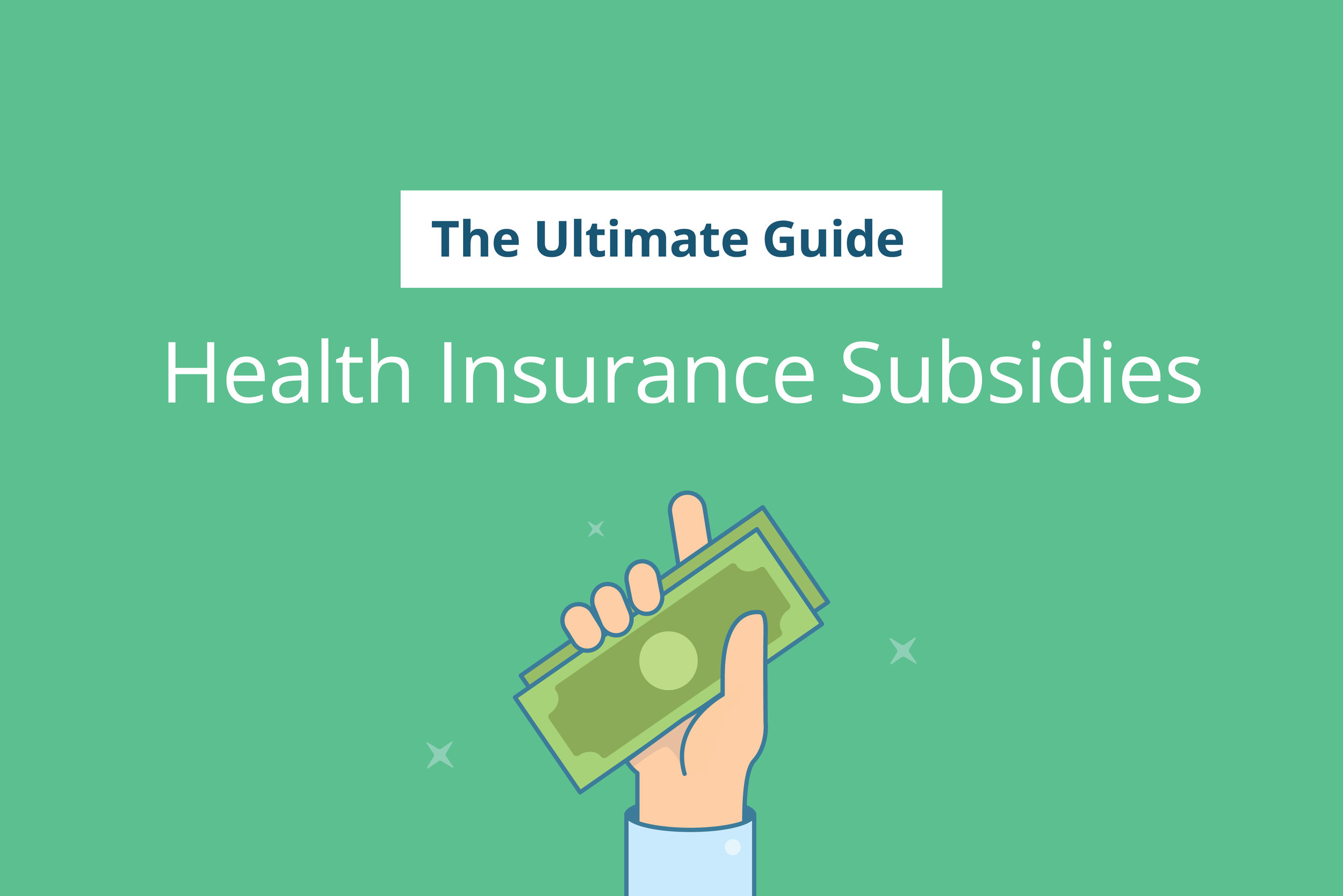The Ultimate Guide to Health Insurance Subsidies
Subsidies could be your ticket to more affordable health plans. But what is a subsidy for health insurance?
In this simple guide, we break subsidies down so you can make smarter health care choices. You’ll find out what health insurance subsidies are, how they work, and if you qualify for them.
What Is a Subsidy for Health Insurance?
A subsidy is money the government pays towards part or all of your health coverage. How much it pays depends on your income. There are two types of health insurance subsidies you might qualify for:
The premium tax credit subsidy covers a portion of your monthly health insurance payment (which is called your premium). Depending on your eligibility, you can pay as little as $0 premium if the plan doesn't cover abortion services that can't be paid for with Federal dollar (non-Hyde abortion services). If the plan covers non-Hyde, then your statement about paying as little as $1 is correct.
The cost-sharing subsidy makes using your health plan more affordable. It lowers the expenses you have to cover when receiving care, including your deductible, copay/coinsurance, and sometimes your out-of-pocket maximum.
TIP: It’s possible to qualify for both types of subsidies. In fact, if you qualify for a cost-sharing subsidy, you’re automatically eligible for a premium subsidy as well.
In previous years, eligibility for subsidies was capped at 400% of FPL, for now. But with APRA and the Inflation Reduction Act, the cap has been removed for now and is now based on what the 2nd lowest cost silver plan premium costs in your area vs your income.
Not sure whether you’ll qualify for a subsidy or how much you could receive? Read on to find out how to determine your subsidy eligibility.
Note: " If your income is below 100 percent of FPL, you may eligible for Medicaid, a state and federal health care program for low-income families."
Where Do I Get Health Insurance Subsidies?
Now that you know what a subsidy for health insurance is, here’s how to see if you’re eligible for one: You can find out if you qualify for subsidies when you enroll through Stride, HealthCare.gov, or your state exchange. This is where you submit the information the government needs to determine how much assistance you get.
On the other hand, if you submit your application directly to an insurance company for coverage not offered on an Exchange, you will have to pay full-price for your plan.
Or, if you’re ready to find a health plan, enter your zip code below. You’ll have the option to apply for subsidies or skip them — your preference.
How Do I know If I Qualify?
To determine your subsidy, the government looks at several factors:
Income: Your estimated annual income largely determines the subsidy type(s) and amount you’ll receive. It’s very important to calculate this number correctly for maximum savings, so be sure to follow our nifty income estimator guide.
Family size: The government takes into account how many people will be on your plan, because adding people to your coverage can significantly increase your monthly premiums.
Filing status: If you’re married, you’ll typically have to file your taxes jointly to qualify for a subsidized health plan. Couples who file separately are generally not eligible. This is because the government allocates subsidies on a household level and reconciles those amounts at tax time. When you file separately, it’s too difficult to ensure you got an accurate subsidy amount.
Citizenship status: You do not have to be a U.S. citizen to qualify for subsidized health care. Immigrants with green cards, employees or students with visas, and refugees can all apply. Get the full list of eligible immigration statuses here.
Location: How much you pay for health insurance depends on where you live. Because the cost of living, local legislation, and number of insurance providers vary from state to state, so will your subsidy.
I Just Lost My Employer Coverage. Can I Get a Subsidy for My New Plan?
It’s very likely that you can. To see how much of a subsidy you’ll receive, follow the steps above by first estimating your annual income.
This can be hard to do after just losing a job, but remember, you can always update it throughout the year as your income changes. Just make sure you meet the requirements listed above to make sure you can receive your subsidy.
What Happens at Tax Time?
Unless you have a supernatural ability to predict the future, there’s a good chance you won’t perfectly estimate your annual income on your application.
But don’t worry — everything gets sorted out at tax time. If you make more money during the year than you expected (woohoo!), you’ll repay a portion of your subsidy. If you make less, you’ll receive a refund.
Get Started With a Subsidy Estimate
Health insurance can be a hefty financial investment. However, without health insurance, surprise medical bills can cost tens of thousands of dollars, leaving you with a difficult choice: invest heavily in a health plan, or run the risk of high health costs?
Fortunately, there’s a good chance you’ll qualify for a health insurance subsidy, especially if you’re self-employed. Most Stride members qualify for $4,800 a year in health insurance savings. A health insurance subsidy gives you the security of quality coverage without draining your bank account.
Or, if you’re ready to start searching for plans, enter your zip code below.

